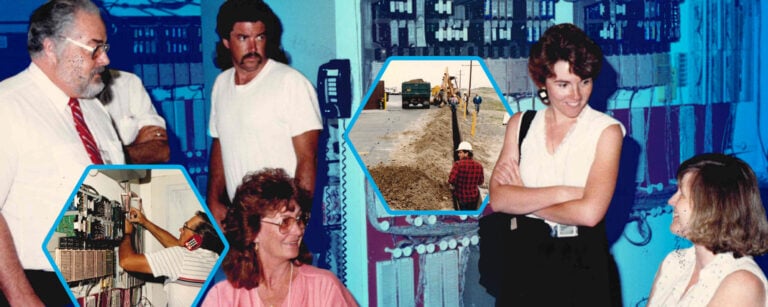Idaho National Laboratory’s department of Technology Deployment (TD) has accepted the 1,000th Invention Disclosure Record (IDR) submitted since the commencement of Battelle Energy Alliance’s contract to manage the lab in 2005.
IDRs are filed confidentially with TD to describe and document a new innovation. Among other things, they identify investigators, potential applications and industry that might be interested in licensing the invention.
They are a key measure of an institution’s innovation, because each one represents an idea that could possibly create jobs, improve national security, and improve or save lives.
IDRs are also a crucial early step in the process to potentially have a technology patented or licensed, as they allow laboratory experts to evaluate the invention for potential patenting or licensing opportunities.
Because the U.S. is a first to file nation, the patent office grants intellectual property protection to the researcher or organization who first requests it. IDRs help protect INL researchers’ work, because it notifies the laboratory of their new intellectual property and allows them to be the first to file a patent application.
For this reason, DOE’s contract with BEA requires researchers to file an IDR on a new innovation. Before information on a potential invention is disclosed publically – be it in a journal publication, a seminar or even a discussion with non-BEA acquaintances – researchers must first file their disclosure with the lab through an easy, online portal. Of course, patenting and publishing can easily work together, and the best patent applications have strong journal articles that support them.
Within 60 days of an IDR being filed, an assessment is performed by INL employees from across TD, the legal department and the researcher’s program. These experts examine the potential of the invention to be marketed and patented, and, of course, evaluate its scientific merit.
TD then uses the results of the evaluation to proceed. If the assessment concludes that the invention has commercialization potential, INL may decide to file for a patent. If the laboratory decides not to file, the Department of Energy then has a chance to pursue the patent. If neither group files, the inventor can petition DOE to have the patent rights released to them so that they may pursue patent protection and commercialization themselves.
INL has filed for patents on approximately 30 percent of the IDRs it has received and has had 90 percent of that number granted. Since 2005, BEA has received 250 U.S. patents and has 150 additional U.S. applications waiting to be issued. Many of these patents have been licensed to industry, improving U.S. goods and services and earning royalties.
There are a number of good reasons for an inventor to have their work patented. First and perhaps foremost, it is a contractual requirement of the laboratory. Filing an IRD shows ownership of innovation, and it can also be used to demonstrate the strength of INL research to funding sources such as cooperative research and development agreements or strategic partnership projects.
Finally, IDRs indicate innovations that may be licensed to U.S. industry, improving society and earning royalties for both BEA and the inventor themselves; of the royalties BEA earns from its licensed technologies, it shares up to 30 percent with inventors.
Fostering technological advances also has benefits for those outside of the lab. Economists have estimated that over 80 percent of U.S. economic growth over the last century has been a direct result of advancements in innovation.
The acceptance of the 1,000th IDR by TD represents a major milestone and boosts the lab’s reputation as a research and development laboratory. Every disclosure of a new invention brings new potential for innovation, advancement and laboratory growth.






